Ano Kastelliana is a village located in the southern part of the Heraklion regional unit on the island of Crete, Greece. It belongs to the local community of Kato Kastelliana, within the municipal unit of Arkalochori, in the Minoa Pediada municipality. The name “Ano Kastelliana” translates to “Upper Kastelliana,” distinguishing it from its counterpart, Kato Kastelliana (“Lower Kastelliana”). The name “Kastelliana” likely derives from the Venetian fortress of Belvedere, known locally as “Kastello,” which overlooks both villages. The establishment of Ano Kastelliana and Kato Kastelliana is linked to the agricultural activities surrounding the fortress during the Venetian era.
Historical References
The village of Ano Kastelliana traces its roots back to the Venetian era, emerging alongside its sister village, Kato Kastelliana, in the shadow of the imposing Belvedere fortress. The two villages arose from the consolidation of scattered settlements that housed the farmers and laborers who worked the lands of the Venetian nobles residing in the fortress. This historical connection to the Venetian presence in Crete is deeply ingrained in the village’s identity.
Ano Kastelliana also played a pivotal role during the tumultuous period of the German occupation in World War II. Its strategic location in the foothills of the Asterousia Mountains made it an ideal base for resistance activities. The villagers actively participated in the Cretan resistance, contributing to the island’s struggle against the occupying forces.
Location
Situated in the southern part of the Heraklion regional unit, Ano Kastelliana occupies a picturesque setting near the northeastern foothills of Kofinas mountain. The village rests on the southern bank of the Anapothiari river, at an average elevation of 240 meters. Its location offers a blend of accessibility and natural beauty, with convenient access to the Messara plain while being nestled amidst the foothills of the Asterousia Mountains. The village is approximately 44 kilometers south-southeast of Heraklion, the capital of Crete.
Historical Significance
Ano Kastelliana’s historical significance is intertwined with both the Venetian era and the Cretan resistance during World War II. The village’s origins lie in the agricultural activities surrounding the Belvedere fortress, a testament to the Venetian influence on the region. The fortress itself, with its well-preserved churches, stands as a reminder of the island’s medieval past and the strategic importance of the area.
Furthermore, the active participation of Ano Kastelliana’s residents in the resistance movement against the German occupation highlights the village’s role in shaping Crete’s modern history. The villagers’ bravery and resilience in the face of adversity contributed to the island’s struggle for freedom and self-determination.
Population Data Over the Years
Year |
Population |
|---|---|
1961 |
325 |
1971 |
290 |
1981 |
254 |
1991 |
226 |
2001 |
193 |
2011 |
151 |
1991 |
188 |
2001 |
177 |
2011 |
153 |
Current Status
Today, Ano Kastelliana remains a small agricultural village with a close-knit community. Its residents continue to cultivate the fertile lands surrounding the village, maintaining a connection to their agricultural heritage. While the village may not have a large population or a bustling economy, it offers a peaceful and idyllic setting for those seeking an authentic Cretan experience.
The Belvedere fortress, perched atop the Kastelo hill, is a significant historical landmark near Ano Kastelliana. The ruins of this Venetian stronghold offer a glimpse into the island’s medieval past. Three churches dating back to the 14th and 15th centuries are remarkably well-preserved within the fortress complex. The panoramic views from the hilltop encompass the Messara plain, the Asterousia Mountains, and the Lasithi Mountains, providing a breathtaking vista of the Cretan landscape.
Village Key Points
- Historical References: Ano Kastelliana was founded during the Venetian era, alongside Kato Kastelliana, below the historic hill of Kastelo. The two villages emerged from the consolidation of scattered settlements inhabited by farmers who worked on the estates of Venetian nobles residing in the Belvedere fortress atop the hill. During the German occupation in World War II, Ano Kastelliana and Kato Kastelliana played a crucial role in the Cretan resistance.
- Location: Situated near the northeastern foothills of Kofinas mountain and on the southern bank of the Anapothiari river, at an average elevation of 240 meters. It is approximately 44 kilometers south-southeast of Heraklion.
- Historical Significance: The village’s history is intertwined with the Venetian presence in Crete and the Cretan resistance during World War II. The nearby Belvedere fortress, with its well-preserved churches, offers a glimpse into the island’s medieval past.
- Current Status: Ano Kastelliana is a small agricultural village with a population of 153 as of the 2011 census. It remains closely connected to its neighboring village, Kato Kastelliana, and the historical legacy of the Belvedere fortress.
Access
Ano Kastelliana is 12.8 kilometers away from the town Arkalochori and 9.8 kilometers away from Pyrgos













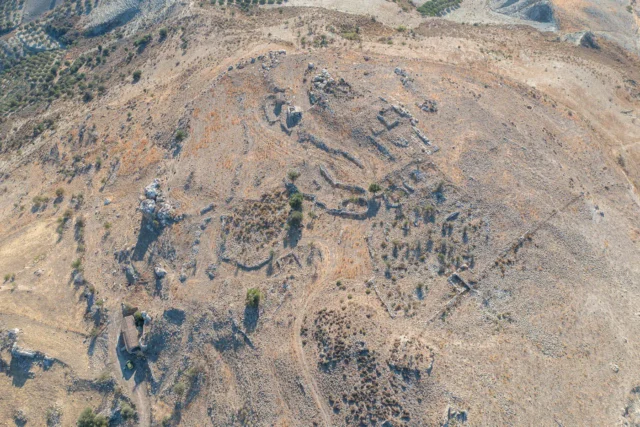



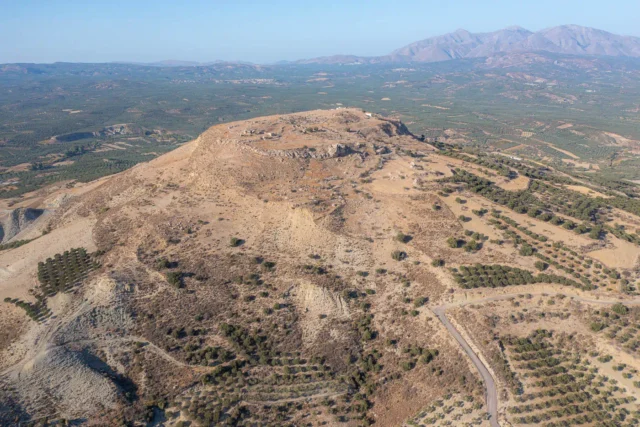

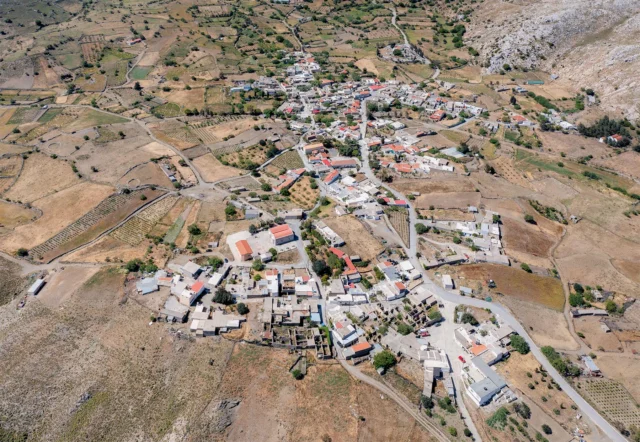

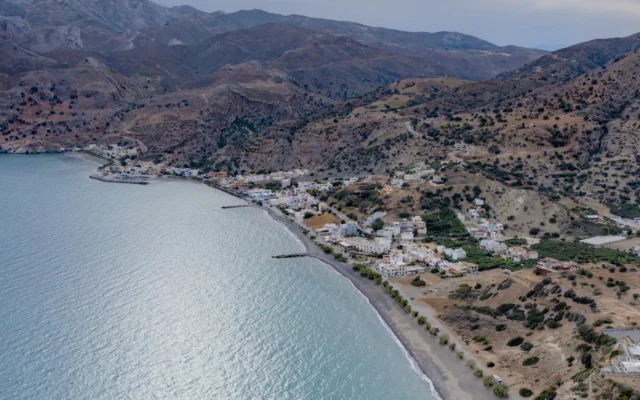

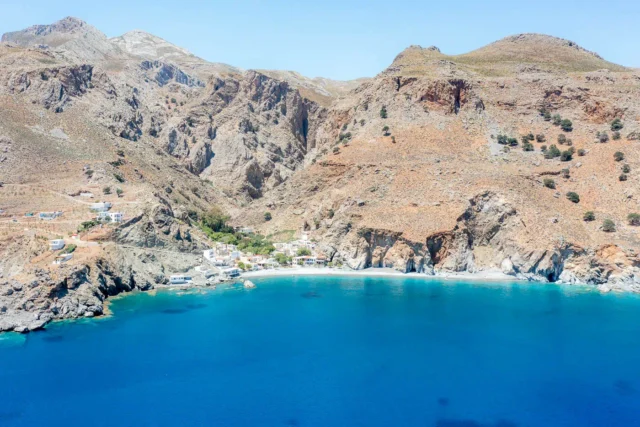
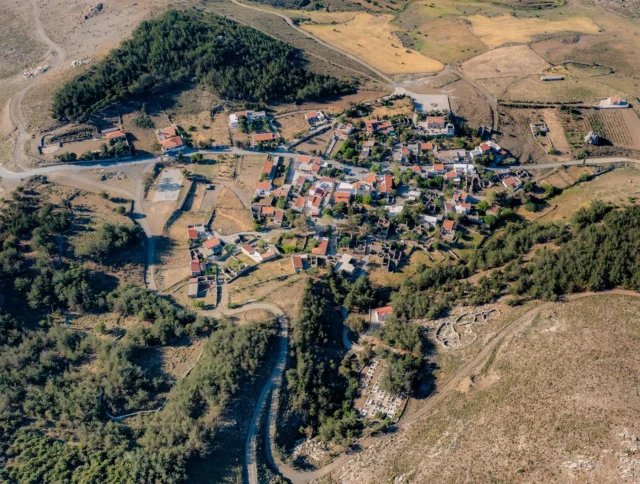
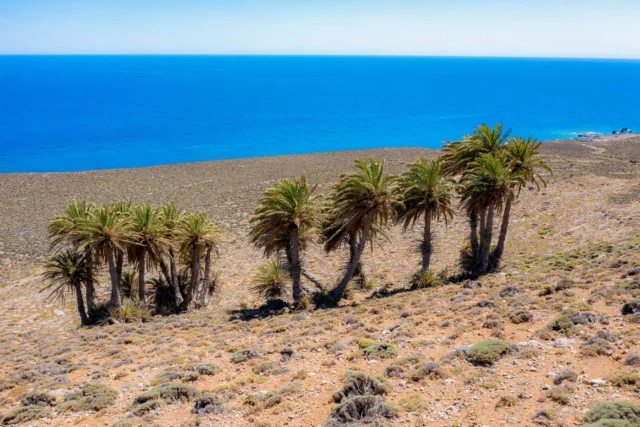



There are no comments yet.